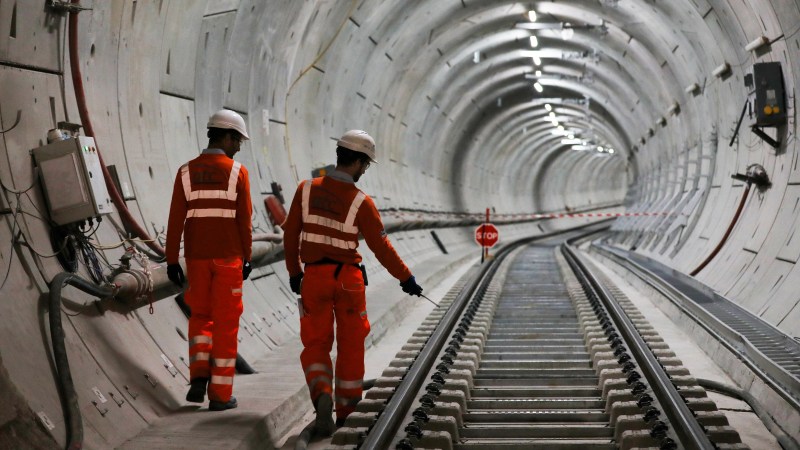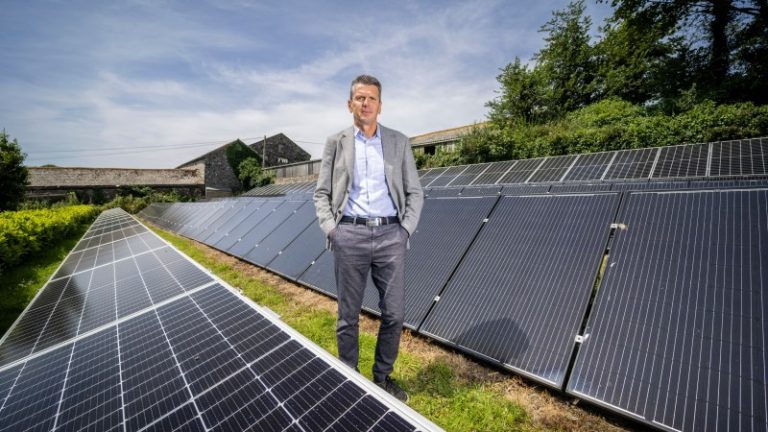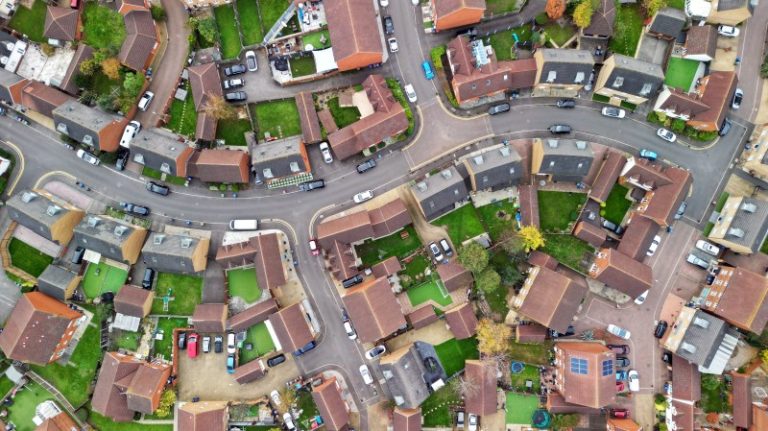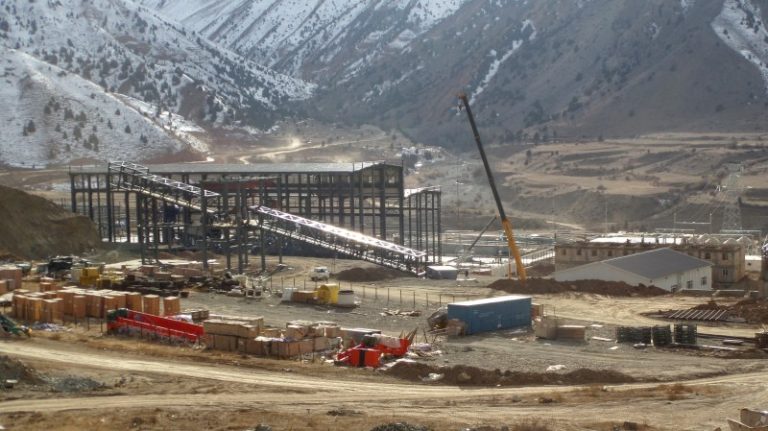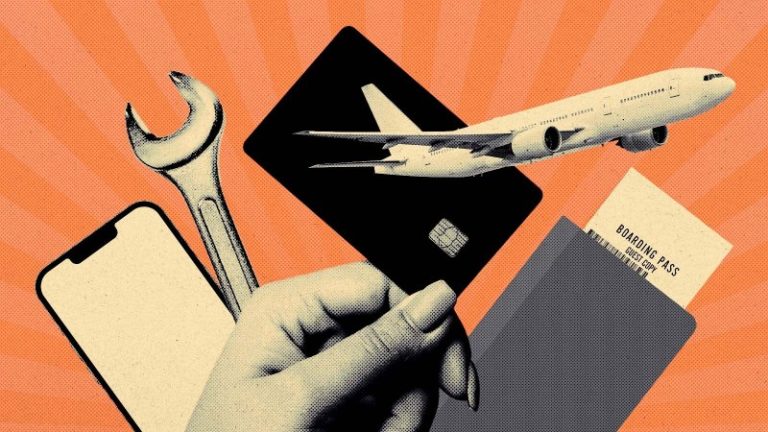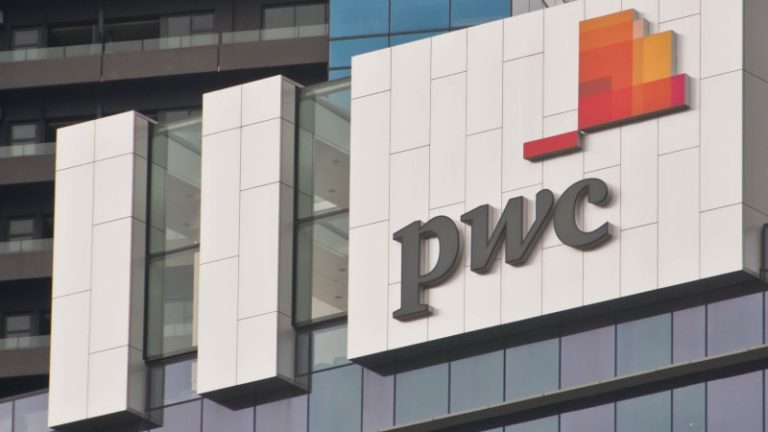Crossrail 2: London Assembly members put scheme back on track
The multibillion-pound Crossrail 2 project for London could be resurrected after gaining support from members of the capital’s elected assembly.
A metro line running under London linking the southwest of the capital with its northeastern boroughs has been under discussion for 50 years. In the 21st century, however, it was superseded by the north-south Thameslink train network and then by the Crossrail project, which has become the successful east-west Elizabeth Line.
Plans for a Crossrail 2 came under serious discussion in the middle of the past decade after a Transport for London consultation in 2013, but were halted during the pandemic. Filings have revealed that in the six years up to 2020, £115 million was spent developing plans.
After pledges made in Sadiq Khan’s successful re-election campaign as mayor of London in the spring, it emerged that Transport for London had reopened talks with the Department for Transport to safeguard the proposed route of Crossrail 2. It has called for a renewal of legal obligations first put in place in 2015 to prevent any new property or infrastructure developments along the route that might derail any attempt to restart the project.
Elly Baker, a Labour member of the Greater London Authority with a record of campaigning on transport issues, has called for the party leadership in Westminster and City Hall to get behind a resurrection of Crossrail 2.
“The Elizabeth Line has been a massive success. It’s sped up journeys for Londoners, unlocked housing and stimulated our economy, making our city an even better place to live,” she told the New Civil Engineer website. “Crossrail 2 could support our city even more. We cannot let it fall off the agenda.
“This sort of infrastructure investment will keep London’s transport system world-class and will support the high-skill jobs of the future. We know that this would help London’s economy, residents and visitors. On top of that, it could benefit rail manufacturing in the UK, with the rest of the country benefiting from high-skill, well-paid work in the supply chain.”

In 2016, the Conservative government was proposing to legislate to implement Crossrail 2. By 2018, however, it had become caught up in a Treasury affordability review before being mothballed amid the start of the pandemic.
Attempts to revive Crossrail 2 are likely to attract unfavourable comparisons with the late and over-budget delivery of the Elizabeth Line and the about-turn on HS2 after Rishi Sunak, the prime minister at the time, ruled that the high-speed line would not proceed past Birmingham, nor end in central London.
At its extremities, Crossrail 2 would offer a link for the home counties of Surrey and Hertfordshire. The central core of the route would operate from the busy national rail interchange of Clapham Junction, south of the Thames, through to the King’s Road in Chelsea, Tottenham Court Road (which has only just been transformed by its Elizabeth Line station) and on to a Euston-St Pancras hub, Dalston in Hackney and out to Haringey. A connection at Tottenham Hale could link with Stansted, London’s third airport.

A statement on the Crossrail 2 website from Transport for London and Network Rail said: “We hope that Crossrail 2 could be operational by the 2030s, but we are in the very early stages of planning and no decision to build it has been made. The work undertaken so far was fully documented so that we could restart the project when the time was right.”
Crossrail 2 has become the subject of political rows and revisionism, with the main parties blaming each other for not moving the project forward. Baker said assembly members had been frustrated by the lack of support from the governments of the Conservative administration.
